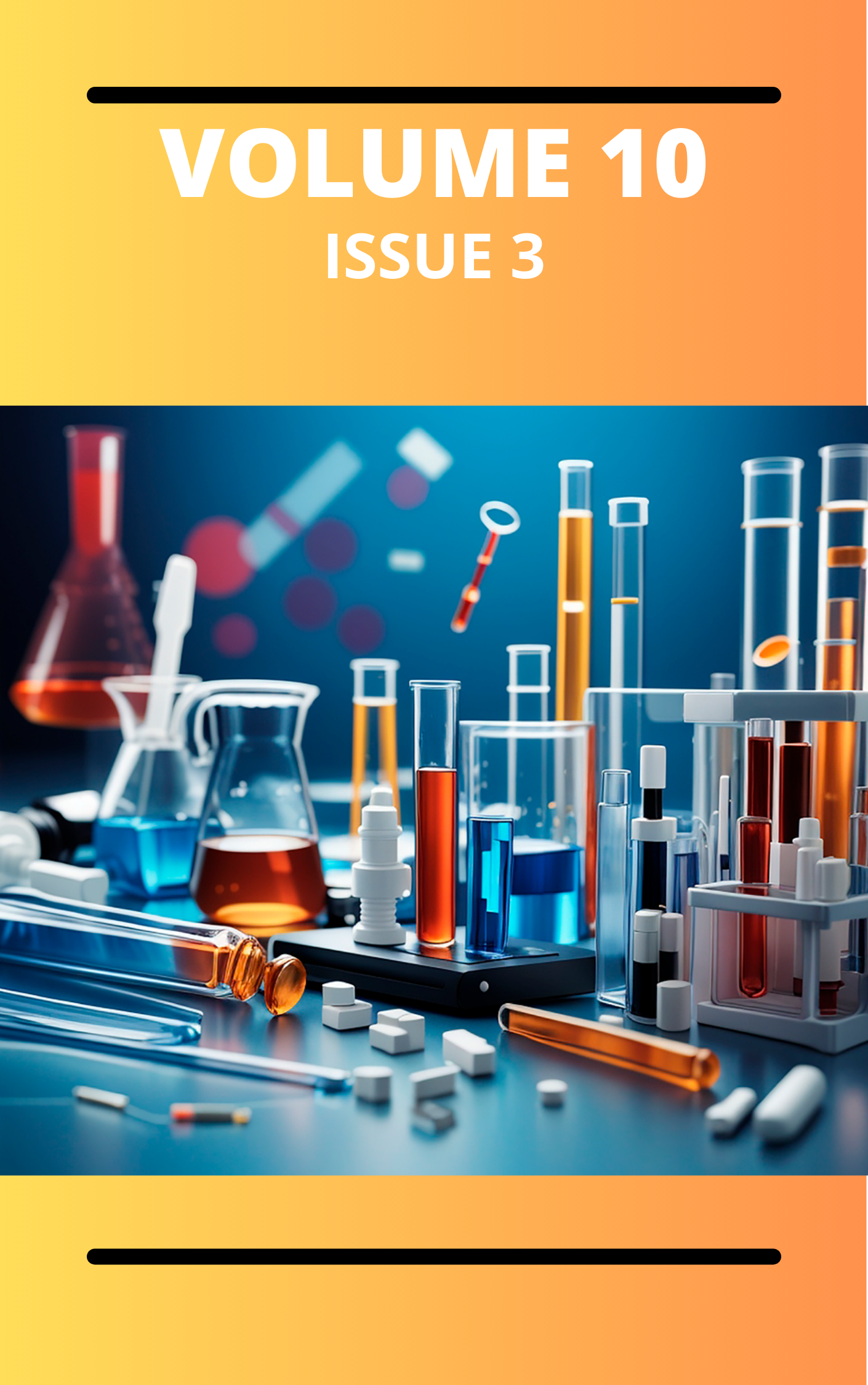Monitoring, Assessment, and Remediation of Heavy Metal Contamination: Techniques, Strategies, and Policy Frameworks
Keywords:
Heavy metal contamination, aquatic ecosystems, bioaccumulation, remediation strategies and environmental policyAbstract
Heavy metal contamination in aquatic ecosystems poses significant environmental and public health challenges. This manuscript provides a comprehensive review of the sources, pathways, and environmental impacts of heavy metals in water bodies. It examines the intricate interactions between water, sediments, and aquatic organisms, highlighting the bioaccumulation risks to both wildlife and humans. The study also evaluates current monitoring and assessment techniques, including advanced analytical methods and biological indicators, to detect and quantify heavy metal presence. Various remediation strategies are discussed, ranging from traditional methods like chemical stabilization to innovative approaches such as phytoremediation and bioremediation. Additionally, the manuscript reviews existing regulatory frameworks, focusing on Nigerian and international laws aimed at controlling heavy metal pollution. The findings underscore the need for integrated management approaches, combining effective policy enforcement with sustainable remediation practices, to mitigate the adverse effects of heavy metal contamination in aquatic environments.
Downloads
Published
Issue
Section
Similar Articles
- Promise. A. Azor, Amadi Ugwulo Chinyere, Mathematical Modelling of an Investor’s Wealth with Different Stochastic Volatility Models , Communication In Physical Sciences: Vol. 11 No. 2 (2024): VOLUME 11 ISSUE 2
- Etido P. Inyang, Joseph E. Ntibi, Efiong A. Ibanga, Funmilayo Ayedun, Ephraim P. Inyang, Etebong E. Ibekwe, Eddy S. William, Ita O. Akpan, Thermodynamic properties and mass spectra of a quarkonium system with Ultra Generalized Exponential–Hyperbolic Potential , Communication In Physical Sciences: Vol. 7 No. 2 (2021): VOLUME 7 ISSUE 2
- S. Chitra, Adsorption studies on the inhibition of the corrosion of mild steel in 2 M NaCl by tetracycline and neomycin trisulphate drugs , Communication In Physical Sciences: Vol. 5 No. 1 (2020): VOLUME 5 ISSUE 1
- Christianah Oluwabunmi Ayodele, Esther Oludele Olaniyi, Chukwuebuka Francis Udokporo, Applications of AI in Enhancing Environmental Healthcare Delivery Systems: A Review , Communication In Physical Sciences: Vol. 12 No. 5 (2025): Vol 12 ISSUE 5
- S. Sani , I. T Siraj , Copper(II) and Zinc(II) Complexes Synthesized by Green Mechanochemical Method and their Antimicrobial Studies , Communication In Physical Sciences: Vol. 7 No. 2 (2021): VOLUME 7 ISSUE 2
- Dueke-Eze, Metal complexes of 4-aminopyridine Schiff bases: Potent molecules in the design of anti-tuberculosis agents , Communication In Physical Sciences: Vol. 9 No. 3 (2023): VOLUME 9 ISSUE 3
- Buhari Aminu Balesa, Abdullahi Lawal, Saddiq Abubakar Dalhatu, Bala Idris, Mustapha Bello, First Principles Calculations of Structural, Electronic and Optical Properties of Nitrogen-Doped Titanium Dioxide for Solar Cells Application , Communication In Physical Sciences: Vol. 7 No. 4 (2021): VOLUME 7 ISSUE 4
- Usoro M. Etesin, Hydrochemical study of shallow ground water in Ikot Abasi Coastal Aquifer , Communication In Physical Sciences: Vol. 7 No. 3 (2021): VOLUME 7 ISSUE 3
- Humphrey Sam Samuel, Nonelectrochemical Techniques in corrosion inhibition studies: Analytical techniques , Communication In Physical Sciences: Vol. 9 No. 3 (2023): VOLUME 9 ISSUE 3
- Tope Oyebade, Samuel Babatunde, Environmental Chemistry of Radioactive Waste Management , Communication In Physical Sciences: Vol. 9 No. 4 (2023): VOLUME 9 ISSUE 4
You may also start an advanced similarity search for this article.




